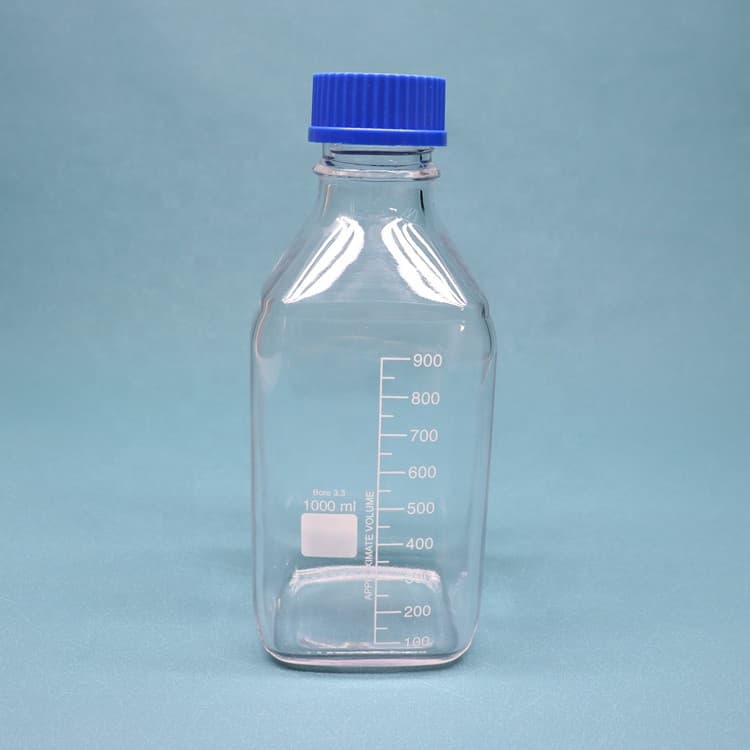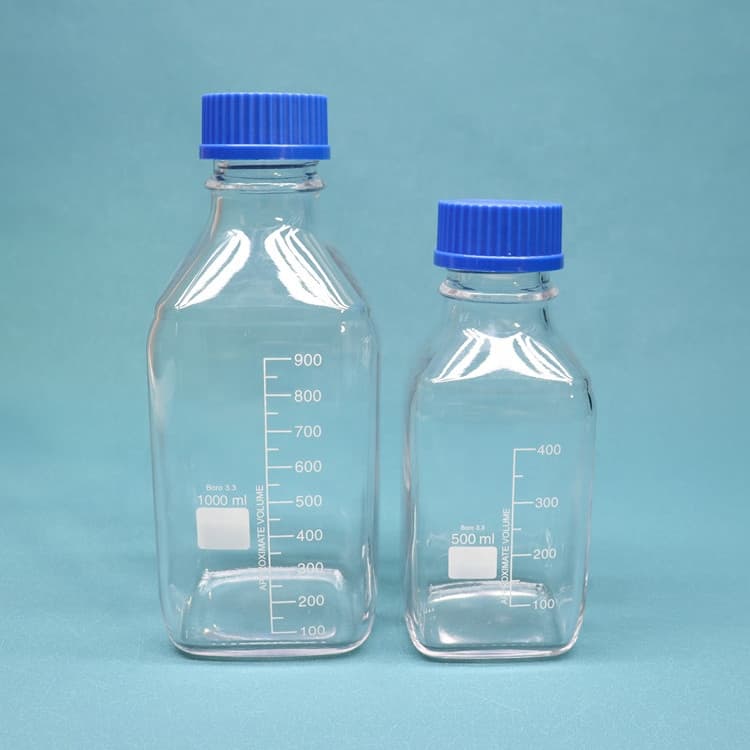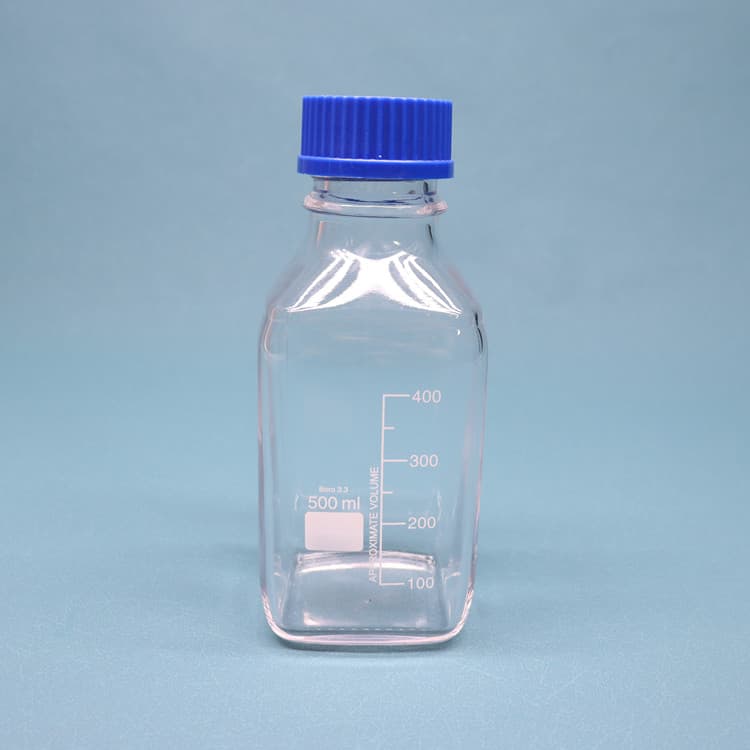



2022年5月5日 · Pasteur pipettes (or pipets) are the most commonly used tool for transferring small volumes of liquids (< 5 mL) from one container to another. They are considered
Square Bottles. Nalgene square bottles come in a variety of formats and materials to accommodate a wide range of application needs. Their square shape saves shelf and counter space compared with round bottles of the same volume. The wide-mouth designs are easier to fill and are recommended for solid, semi-solid and viscous liquid materials.
DURAN® BOTTLE CARRYING SYSTEM. Click and Carry! Our latest innovation – a modular bottle carrying system that focuses on the safety and convenience of users in the laboratory.
Never lay the stopper of a reagent bottle on the lab table. 3. When pouring a caustic or corrosive liquid into a beaker, use a stirring rod to avoid drips and spills. Hold the stirring rod against the lip of the reagent bottle. Estimate the
Products. General Labware. Bottles. Corning’s disposable bottles are designed for safe, secure storage of tissue culture media and sera, buffers, and other aqueous solutions. The bottles come sterile and ready to use in a wide variety of shapes, materials, sizes, and cap types.
Duran ® square bottle, clear, with cap and pouring ring (PP) neck Joints: threaded (GL45), capacity 1000 mL View Price and Availability Z232211 Duran ® graduated laboratory bottles, without caps capacity 1,000 mL, amber ®
2. Slowly add solid or more concentrated reagent in while swirling it, never dump it in. 3. Once solid compound has dissolved/diluted, add water till the calibrated mark on the flask has been reached. 4. While holding the stopper, invert the flask slowly 10-15 times to ensure the solution is homogeneous. Measuring Mass.
Many solid chemicals can be easily transferred by tipping the bottle and slowly rotating the bottle back and forth. Don't tip the bottle up high and let the contents pour out. If a spatula is provided at the reagent bottle, you may use it. Never use your own spatula. Be sure to put the right lid on the right bottle and return the bottle to its
2022年5月6日 · 1. Prepare a needle attachment for a balloon: Cut the end off a plastic 1 mL syringe and fit the barrel into a piece of thick rubber tubing. Attach a helium-quality balloon to the rubber tubing, and seal all joints with Parafilm. Alternatively, attach a balloon directly to a 2 - 3 mL plastic syringe. 2.
2017年1月12日 · Image: Hands on as we grow – Pouring Water for Toddlers [Life Skill to Learn] Open Ended Play With A Lot of Great Learning Visual motor skills like filling and pouring are often taken for granted. These important skills are developed in the early years. Filling, scooping and pouring activities help develop fine motor skills in Quick Tips for Filling and Pouring
2009年7月5日 · So you don't get water, dirt or other contaminants in the reagent bottle. The reagent bottle should contain chemicals that are as pure as possible. If each person put a dirty spatula in the bottle
Conduct a second trial of the experiment with the excess chemical. Discard the chemical down the sink under running water. Clean a spatula thoroughly, then use it to add the chemical back into the reagent bottle. Check and see if anyone else can use the chemical. If not, discard in the proper waste container.
Reagent bottles have traditionally been available in 125ml or 500 ml sizes. However, older bottles can be found in capacities under 100ml, while modern reagent bottles are available in a wide range of sizes depending on applications, including –. 50 m l / 100 ml / 250 ml / 500 ml / 1000 ml / 2000 ml. When choosing sizes, it’s important to
Square bottle with DIN Thread, Graduated, with Polypropylene (PP) Screw Cap and PP Pouring Ring, Wide Mouth GL 80 Square shape enables stacking of bottles during usage, storage and
2020年2月7日 · General Usage Procedure of Laboratory Reagents / Chemicals: The analyst shall take the required reagent for usage from its designed storage place/ chemical store. The analyst shall put the date of opening with signature and expiry date on the label affixed at the time of receipt. If the label is not affixed, Do not use such reagents.